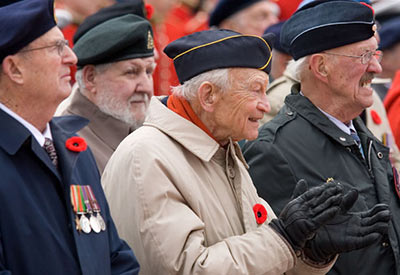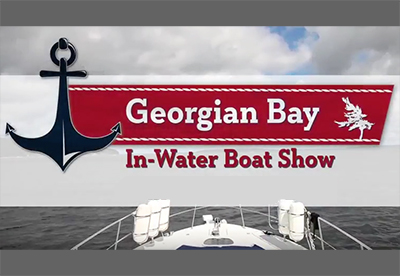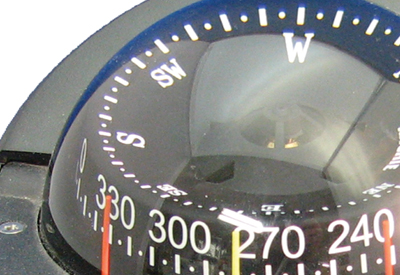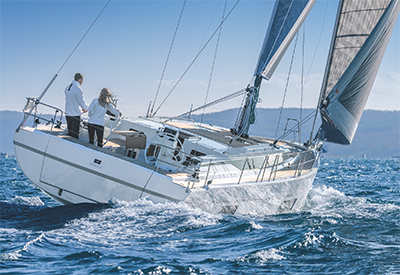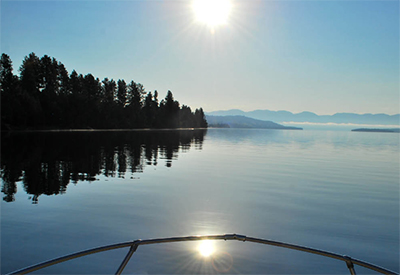Nighttime Boating Tips
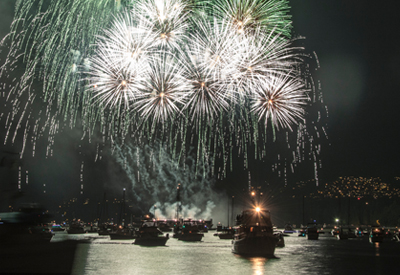
June 21, 2016
Photo: Don Butt
Unfortunately we too often hear about boating accidents that occur at night. Many of these incidents take place after groups of boaters have gathered together to enjoy an evening lakeside concert or fireworks display. Often these events start during evening daylight hours and finish up well after dark. Boaters and their friends and families have arrived when it is easy to see what is going on around them and where they are in relation to other boaters and their immediate surroundings. After the show is over it is often very dark. You can no longer make out points of reference, aids to navigation and even other boats. Sometimes you might have forgotten to check your navigation lights before you set out and now, when you actually need them, they are not working properly. Other boats are moving about in close proximity and they might not be able to see you or you them.
Speed and alcohol may also be playing a role here. While anchored watching the show you may be tempted to have an alcoholic drink or two and after the show another temptation is to try to get to your next destination too quickly.
Let’s step back a bit and consider the situation. As with any boating trip, day or night, pre-planning and having the right equipment in good working order is the key to success and enjoyment.
Consider where you are going and how you are going to get back. Check your up-to-date charts, note any potential hazards and any potential aids to navigation, especially those that will be clearly visible at night. At night, all lights often look the same so try to find ways of identifying which is which. As the sun goes down and lights come on look around and make note of clear points of reference.
Also, alert yourself to which way other boats are traveling depending on what navigation lights you can see. Remember who has right of way but more importantly, always keep a constant lookout and don’t presume that others will know who has the right of way, that they will be traveling at a safe speed, or that they will be maintaining a lookout.
In one particularly tragic example, a boat hit the line between a tug and the barge it was towing because the operator did not know the meaning of the lights being displayed by both the tug and its tow.
At night, travel at a slower speed that reflects the actual conditions. Often on a clear night with a full moon visibility is quite good but incoming cloud cover can end that very quickly.
Make sure all your electronic equipment and navigation lights are working properly before setting out. Check all safety equipment, make sure that everyone has a properly fitting lifejacket or Personal Flotation Device (PFD) and that they are all in good condition. Better still, make sure everyone is wearing their PFDs and let everyone on board know where all the safety equipment is located. Check the batteries in your flashlight and keep your charts close at hand.
Make sure you have enough gas to get to your destination and back home with some to spare. The rule of thumb is 1/3rd to get there, 1/3rd to get back and 1/3rd in reserve. It is also a good idea to let someone on land whom you trust know where you going and when you expect to return.
All of these suggestions hold true for travel day or night, but extra care is required at night due to the more limited visibility and the fact that, at night, it becomes more difficult to know exactly where you are and to maintain your sense of direction.

